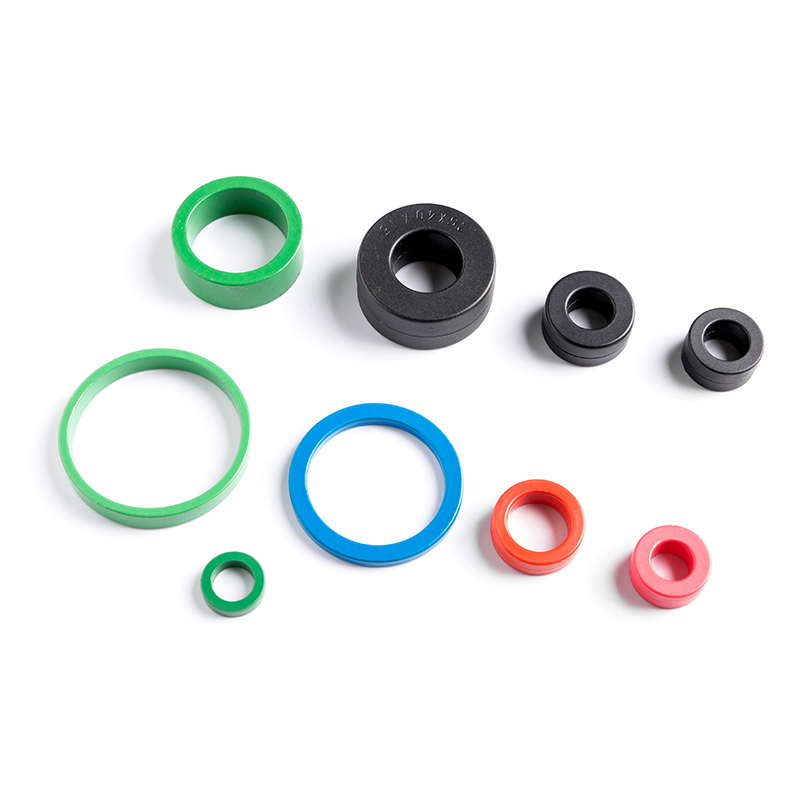In the realm of magnetic materials, amorphous nanocrystalline cores represent a significant leap forward. Known for their unique properties and advantages over traditional magnetic cores, these materials are making waves across various industries, including electronics, power generation, and automotive sectors.
Amorphous nanocrystalline cores are made from a specialized type of iron-based alloy that combines the benefits of both amorphous and nanocrystalline structures. Unlike conventional crystalline materials, which have a well-ordered atomic structure, amorphous materials lack this regularity. This disordered atomic arrangement is key to their exceptional magnetic properties.
The core material is typically produced by rapidly cooling a molten alloy, a process known as quenching, which prevents the formation of a crystalline structure. This rapid cooling results in an amorphous, glass-like material. The subsequent heat treatment then introduces nanometer-sized crystallites into the matrix, leading to the formation of a nanocrystalline structure. This combination of amorphous and nanocrystalline phases yields a material with superior magnetic properties.
Advantages of Amorphous Nanocrystalline Cores
High Magnetic Permeability: One of the standout features of amorphous nanocrystalline cores is their high magnetic permeability. This property allows for the efficient transfer of magnetic flux, which is crucial for minimizing energy losses in transformers and inductors. High permeability means that these cores can handle higher frequencies and currents without saturation, making them ideal for applications in high-performance electronics.
Low Core Losses: Amorphous nanocrystalline materials exhibit significantly lower core losses compared to traditional silicon steel cores. Core losses, which include hysteresis and eddy current losses, are reduced due to the material's fine crystalline structure and the absence of grain boundaries that can impede magnetic flux. This reduction in core losses leads to greater energy efficiency and lower operational costs.
Enhanced Thermal Stability: These cores offer excellent thermal stability, maintaining their magnetic properties across a wide temperature range. This stability ensures reliable performance in diverse operating conditions, from high-temperature environments to varying climatic conditions.

Reduced Size and Weight: Due to their high permeability and low core losses, amorphous nanocrystalline cores allow for the design of smaller and lighter magnetic components. This size and weight reduction is particularly beneficial in compact electronic devices and space-constrained applications.
Applications of Amorphous Nanocrystalline Cores
The unique properties of amorphous nanocrystalline cores make them suitable for a wide range of applications:
Transformers and Inductors: In power transformers and inductors, these cores are used to reduce energy losses and enhance efficiency. Their ability to operate effectively at high frequencies makes them ideal for modern electronic applications.
Electric Vehicles: The automotive industry benefits from these cores in electric vehicle (EV) drivetrains, where they contribute to more efficient power conversion and reduced overall vehicle weight.
Renewable Energy: In renewable energy systems, such as wind turbines and solar inverters, amorphous nanocrystalline cores help improve energy conversion efficiency and reduce system size.

 English
English 中文简体
中文简体 Deutsch
Deutsch 日本語
日本語

 View More >>
View More >> View More >>
View More >> View More >>
View More >> View More >>
View More >> View More >>
View More >> View More >>
View More >> View More >>
View More >> View More >>
View More >>